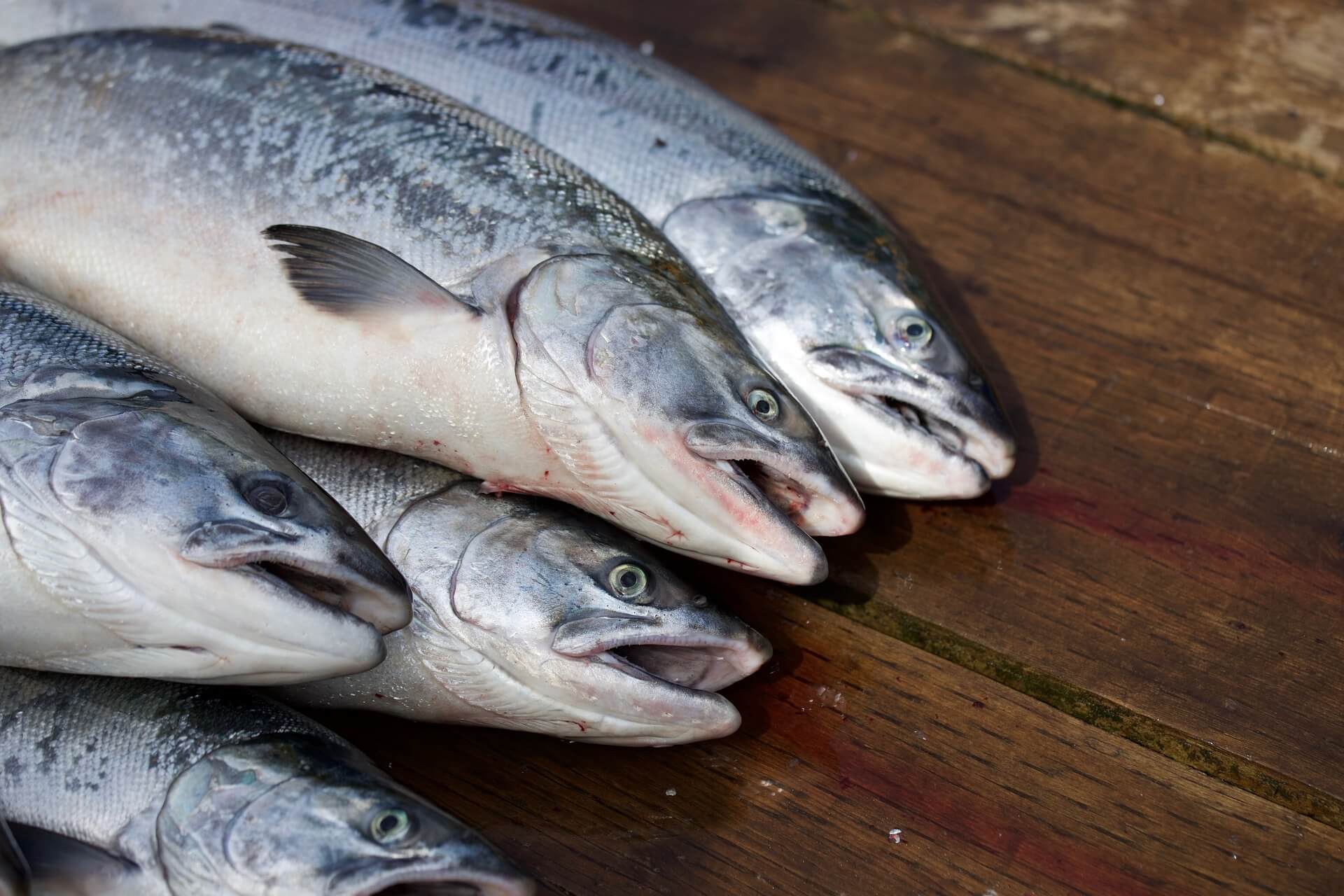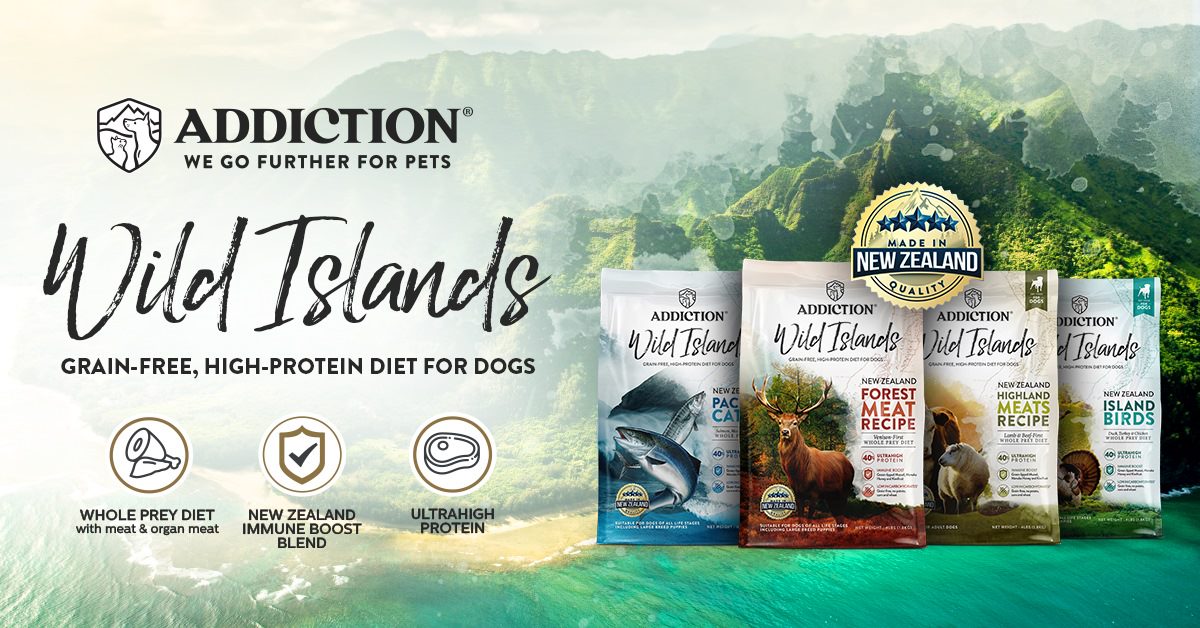Why Do Pets Need Omega-3 And Omega-6?

Fats are an important source of concentrated energy for the body. Its building blocks are called “fatty acids”. There are different types of fatty acids and they are generally classified into two main groups — essential and non-essential fatty acids. Cats and dogs are unable to synthesize essential fatty acids in their bodies so these must be a regular part of their daily diet. Two types of essential fatty acids that play important roles in major physical and physiological functions of the body are omega-3 and omega-6 fatty acids.
Omega-3 fatty acids
Omega-3 fatty acids are polyunsaturated and they are important to the body’s normal metabolism and overall health and well-being. There are 3 important types of omega-3 fatty acids for cats and dogs–
- Alpha-linolenic acid (ALA) is plant-based; high quantities of ALA is found in canola oil and flaxseed
- Eicosapentaenoic acid (EPA) is a marine-based omega-3 fatty acid; common sources of EPA include salmon oil and de-boned salmon. In pet food, it may be listed as fish oil or fish meal.
- Docosahexaenoic acid (DHA) is found in high quantities in salmon oil, algae extract, and de-boned salmon; DHA supports the development and function of the brain and immune system, as well as eye function in kittens and puppies.
Among the 3, ALA is an essential fatty acid for pets. EPA and DHA can be synthesized from ALA, but the conversion rate is low, thus, regular intake from quality pet food is recommended to ensure optimum health. In pet food, DHA and EPA are often added to enrich the formula of the product.
Benefits of omega-3 fatty acids
- Additional source of calories for pets
- Support the development and function of the central nervous system (including the brain) and vision
- Essential for pregnancy and early development, specifically, brain and retinal development of puppies and kittens in the womb and those that are in their first few weeks of life
- Help manage skin and joint inflammatory conditions
Omega-6 fatty acids
The most important omega-6 fatty acid for dogs and cats is linoleic acid. It’s found in both plant and animal fats and oils. Omega-6 is essential in maintaining the integrity of the skin’s outermost water barrier which is critical to skin health and integrity. Linoleic acid is also a vital component of many molecules in the body.
Aside from linoleic acid, cats also require arachidonic acid in their diet because their bodies are unable to synthesize adequate amounts to meet their daily needs. Dogs can produce arachidonic acid from precursors. The richest sources of dietary arachidonic acid include chicken, salmon, animal fats, and lamb. Omega-6 fatty acids are also found in plant and vegetable oils, such as soybean oils, sunflower, corn, canola, and safflower.
Benefits of omega-6 fatty acids in pets
- Involved in the structure and function of the cell
- Essential for growth, reproduction, skin and hair coat health, and function of the immune system
- A vital source of energy for pets
What is the ideal ratio of omega-3 and omega-6 fatty acids in pet food?
Most sources of fatty acids have higher amounts of omega-6 compared to omega-3 fatty acids. However, dog food rations should have a balance of both. The ratio recommended by the National Research Council (NRC) is 2.6:1 to 26:1 omega-6 to omega-3. The recommendation of The Association of American Feed Control Officials (AAFCO) for both dogs and cats is a maximum omega-6 to omega-3 ratio of 30:1. These ratios should be followed because dietary intake of both fatty acids can affect inflammatory processes that are occurring in the body.
Adequate quantities of fatty acids in the diet coupled with the appropriate ratio between omega-3 and omega-6 can aid in protecting pets from the following health issues. In some cases, fatty acids can be given in therapeutic levels as part of the treatment regimen of certain conditions.
- Skin and hair coat – dryness, brittleness, itchy skin
- Inflammatory process in the body
- Allergies
- Immune system dysfunction
- Yeast infections
- Vision problems
- Heart conditions
- Slow down some forms of cancer (this is particularly true with omega-3)
- Obesity
What happens when the amount of omega-3 and omega-6 in the ration is incorrect (that is, in excess or lacking), or their ratio is not balanced?
Too much omega-6 and insufficient intake of omega-3 have been identified as an important contributing factor to chronic low-grade inflammation which is characteristic of cancer, obesity, diabetes mellitus, and other diseases.
While most commercial pet diets are high in omega-6 fatty acids, experts have concerns about the availability of omega-3s because processing and packaging make it difficult to preserve them. Some experts recommend supplementing pets on commercial diets with fish oils or flaxseed oil. You can also sprinkle whole flaxseeds on top of your pet’s food. Here are some tips to help ensure that your pet consumes a healthy amount of omega-3 fatty acids:
- Choose natural sources of omega-3s such as fish, flax seeds or oil over supplements in pill or capsule form.
- Use fresh sources as much as possible because omega-3 fatty acids become rancid easily.
- Keep omega-3s out of the sunlight because their bioactivity diminishes with heat exposure. It’s best to keep them refrigerated.
- Supplement your pet’s diet with vitamin E to prevent the rancidity of fatty acids. Vitamin E also enhances the absorption and activity of fatty acids.











